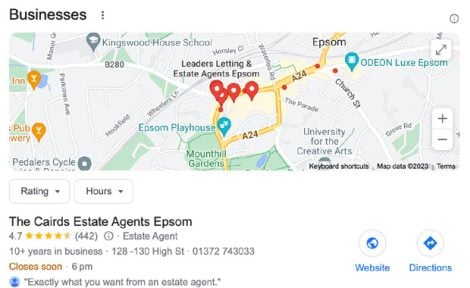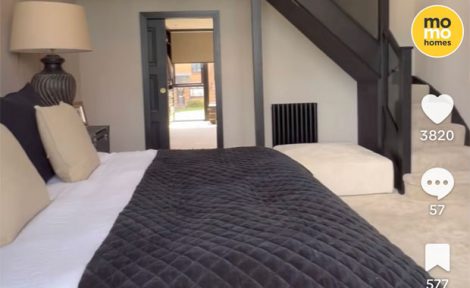Images can boost your SEO – properly handled
Are you image-conscious? You should be... this month digital marketing expert Nelly Berova explains how your website images affect your Google ranking.

What is image SEO?
Image SEO is about optimising your images for search – just as you would optimise your written content. The right image SEO makes your content easier to find by search engines, boosting the ranking of your pages on both regular search and image pages.
It means never neglecting the alt text box, which describes what’s going in the photos you use for people who are visually impaired or whose images haven’t loaded on their computer or mobile device. It also means adding appropriate captions and getting your file size right. Using your own, original images rather than stock shots from libraries also helps.
To explain further, we look at seven easy things you could be doing with your images to boost their profile on Google.
1 Get your alt tags right
As we’ve said, adding alt tags – also called alt text or alt descriptions – is really crucial to optimising your images. Alt tags describe what’s happening in the photo, so one of your property shots might have the alt tag – kitchen of 5-bedroom house for sale Kings Road London. Alt tags aren’t just about user accessibility. Google has made it clear that they are used by its so-called crawlers as they search the web for relevant content.
2 Consider captions
Sometimes it is obvious what a photo shows so captions don’t always feel necessary, but do include them if they help a reader navigate a page with lots going on. They can also help the Google bots find your page, giving it a better chance of ranking.
3 Think about image size
If your images are too large, this will increase your page’s load time, so compress images if necessary. Load time is important – waiting ages for a page to scroll is a big turnoff for viewers. And, you’ve guessed it, faster load times also help your page’s search rankings. Images of 100kb or less are generally good. However, Google looks at the size of each page, not individual images – something to be aware of if you have lots of property photos on a page.
If your images are too large, this will increase your page’s load time…”
4 Be original
Wherever possible, use original rather than stock images to illustrate your blogs and other content. For a start, photos you have taken of your local area will look more natural and relevant. They are also preferred by Google, which always prizes original content over that which has been shared multiple times before. Don’t just think photos. You can use the free design site Canva to create great infographics and animations to bring your pages alive and get your content shared.
5 Always name your files before uploading
While it’s tempting, if you’re in a hurry, to quickly post photos called things like Image-0001.jpg, this won’t help your case with Google. Naming the file before you upload it to your website using a relevant term, which is ideally also a keyword, will help push your photo up the rankings of the image search page.
6 Make sure they’re mobile friendly
We’ve stressed many times before how important it is to optimise everything you do for mobiles and tablets – the starting point for the vast majority of property searches. This counts for images too, which need to be made responsive for mobiles. If your images aren’t responsive, they won’t display property. Many website hosting services do this for you automatically or you can do it by adding a quick bit of code.
7 Think backlink opportunities
Great images, which are easily findable on Google, can be a good way of encouraging natural and authentic backlinks to your site, further increasing traffic. If, for example, your blog is talking about the housing market in your area, a nice-looking, informative graph could be picked up by media or other organisations, incorporating links back to your site.
It’s often said that a picture is worth 1,000 words; and we can’t stress enough how crucial great images are to digital marketing, even more so if you get this simple area of image optimisation right!
Got a question? Visit www.artdivision.co.uk






